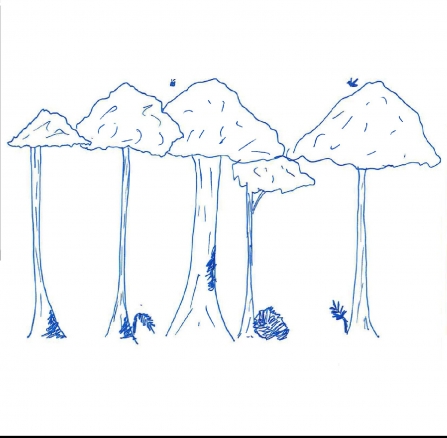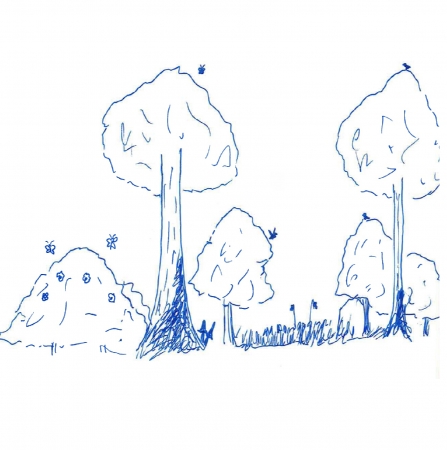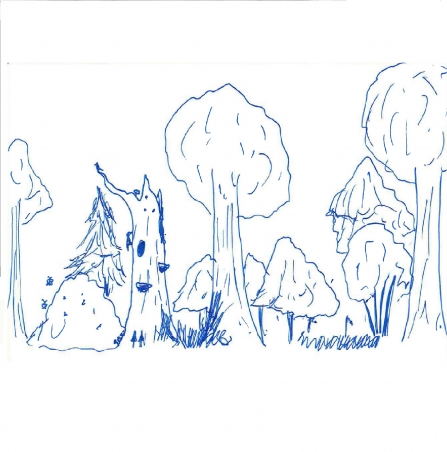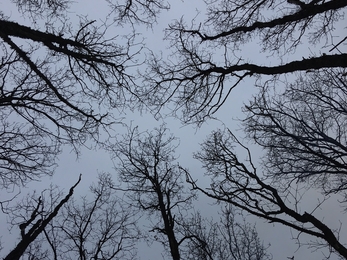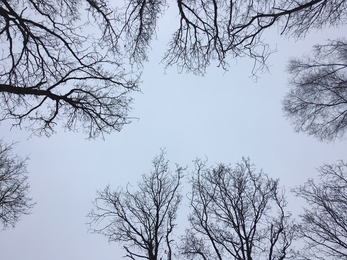I feel its very important to stick to this, many people do not and fell into March but working for the Wildlife Trust, one must set an example of good practice.
It has come to the end of the season for me to think that I should explain why we do an activity that looks so destructive. I’ve touched on it in other blogs but a number of comments from members of the public across our reserves has made me address the issue in a bit more detail. (I probably should have written this at the start of winter!).
It is all a matter of structure. This is the key work for the day, both in terms of time and space. Structure in the age of the trees within a woodland, as well as structure within the physical state of that woodland. Structure breeds a robust and diverse woodland that can cope with disturbance and provide more niches for specific species to occupy.


